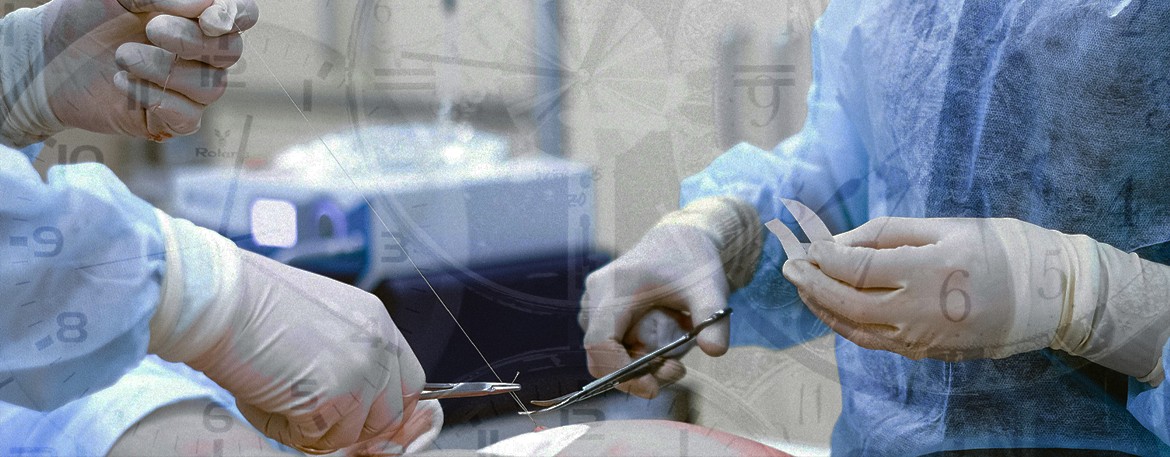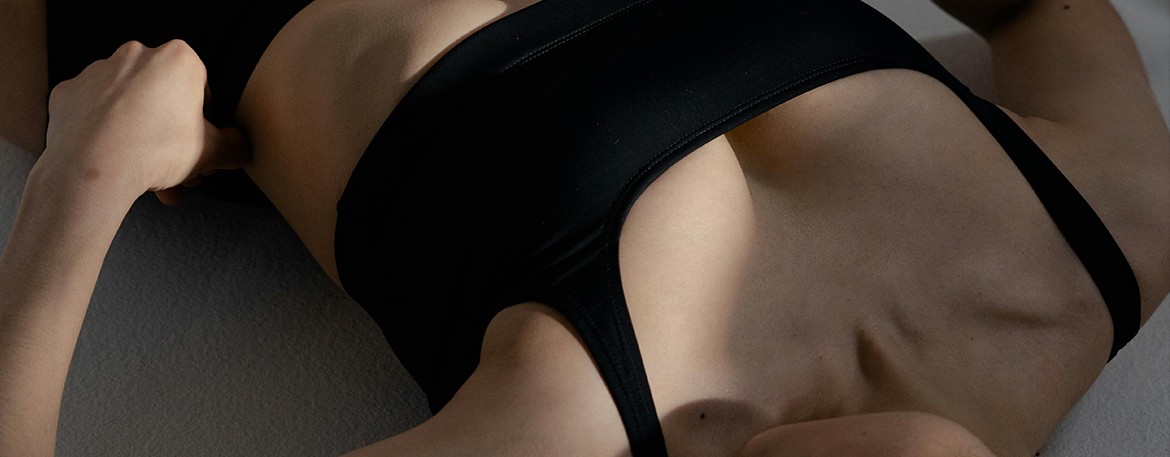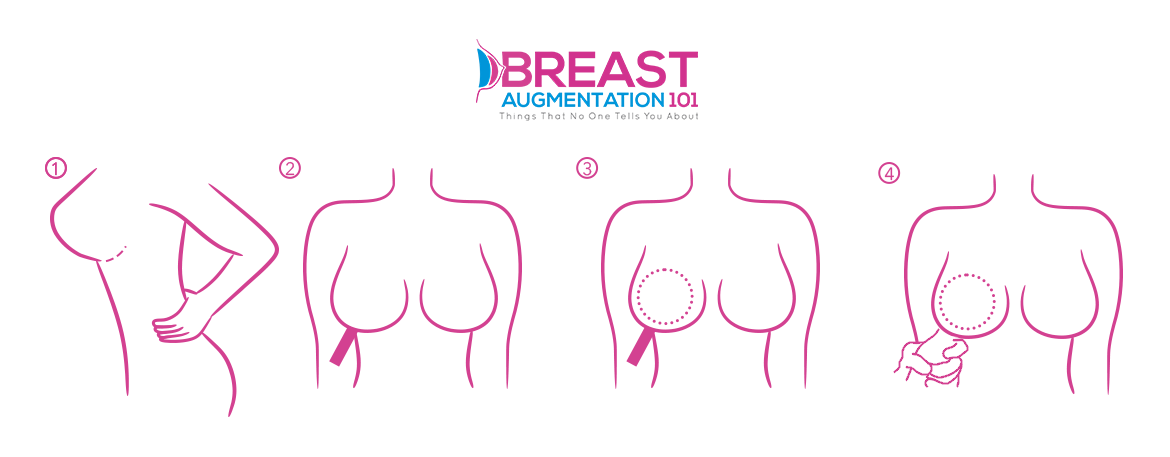
How Long Is the Surgery for Minimally Invasive Breast Augmentation?
Advancements in breast augmentation have led to more refined, breast tissue preservation techniques that focus on enhancing results while reducing impact on breast tissue. These approaches aim to support better recovery and maintain the integrity of existing tissue.
For individuals considering breast augmentation, understanding how long these procedures typically take—and the factors that may affect timing—can help with planning and setting realistic expectations.
How Long is Breast Augmentation with Breast Tissue Preservation?

The duration of breast augmentation procedures can vary depending on several factors, most notably, the surgeon’s technique, the specific case of the patient, and the tools used during surgery. With an alternative minimally invasive breast augmentation techniques that focused on breast tissue preservation, now surgical approaches is able to reduce both operation time and recovery period.
One such technique, known as Motiva Preservé, is a breast tissue preservation approach that uses specialized tools to create a breast pocket without cutting through the muscle or major breast tissue. It is designed to minimize disruption to breast structures during implant placement.
While the duration can vary slightly from person to person, this minimally invasive procedure typically takes around 30 minutes and is performed without the need for general anesthesia. However, this is not a fixed or standard duration. The time may vary due to pre-operative preparation, individual anatomy, and the surgeon’s familiarity with the technique.
Key Steps in Breast Tissue Preservation Breast Augmentation
A typical breast augmentation using breast tissue preservation like Preservé involves several defined stages:

1. Incision Creation
A small incision (usually between 2.5 to 3 cm) is made to accommodate a specialized insertion system and the selected implant.
2. Tissue Separation Using Blunt Dissection
Rather than cutting through major muscle groups or breast tissue, blunt dissection tools are employed to gently separate the breast tissues. This process helps to form a pocket for the implant while minimizing trauma to surrounding structures.
3. Pocket Formation via Balloon Expansion
A deflated balloon is inserted through the tissue tunnel and then gradually inflated. This technique gently stretches the surrounding tissue to create an implant pocket.
4. Implant Placement Using a No-Touch Technique
Implants are introduced using a protective sleeve or funnel-like device that allows for no direct hand contact. This method supports sterility and can reduce the potential for contamination, which may lower infection risk.
5. Surgical Closure
Once the implant is placed, the incision is closed with internal sutures. The smaller incision may contribute to a more discreet scar and a potentially quicker closure time.
Factors Influencing Total Procedure Time
While the surgical portion may be brief, it’s essential to factor in the total perioperative process, including:
- Pre-operative preparation
- Intraoperative setup
- Immediate post-operative recovery monitoring
Each case is unique, and the surgeon will determine the expected duration based on individual considerations.
While newer approaches to minimally invasive breast augmentation offer potential benefits in terms of recovery and aesthetic outcome, they should be considered within the broader context of individual anatomy, surgeon experience, and patient goals. Patients are encouraged to consult a qualified plastic surgeon to understand all surgical options, including risks, benefits, and expected timelines.
